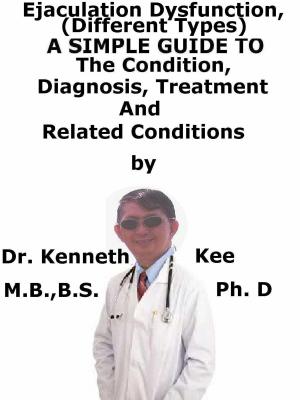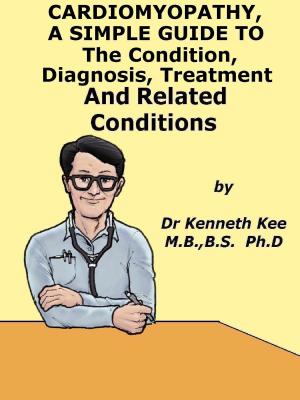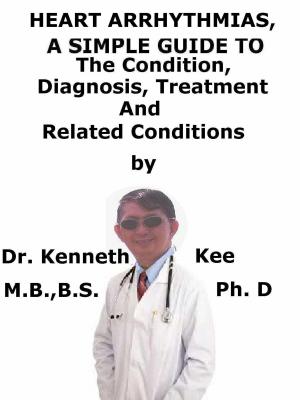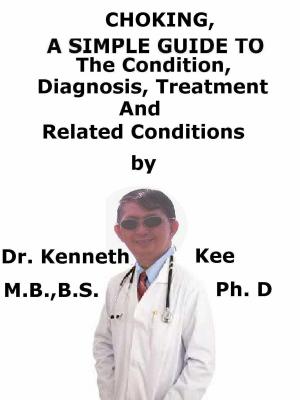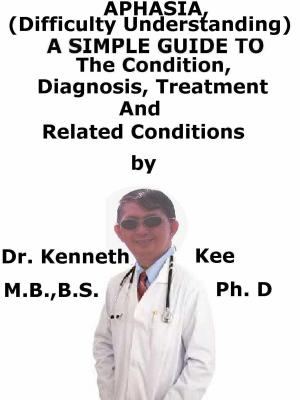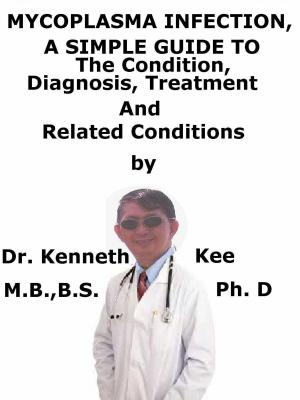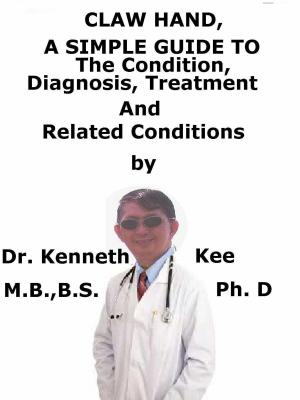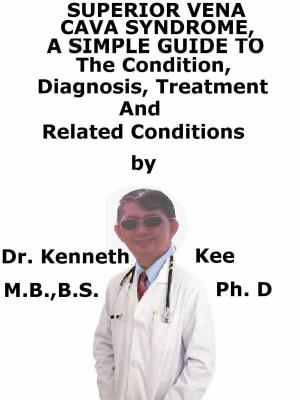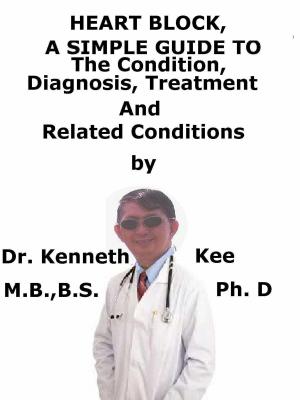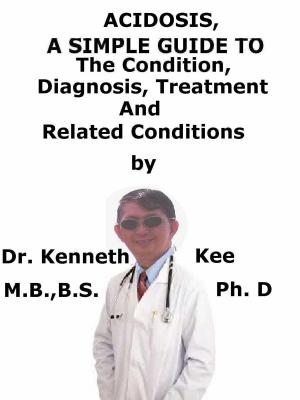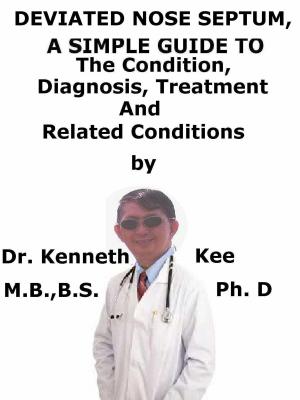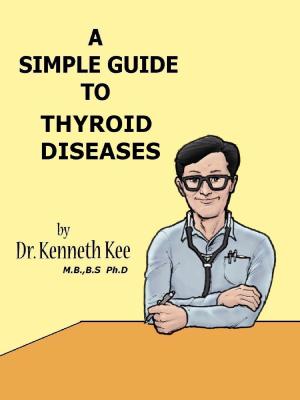Anterior Cruciate Ligament Injury, A Simple Guide To The Condition, Diagnosis, Treatment And Related Conditions
Nonfiction, Health & Well Being, Health, Ailments & Diseases, Musculoskeletal, Medical, Specialties, Orthopedics| Author: | Kenneth Kee | ISBN: | 9781370143238 |
| Publisher: | Kenneth Kee | Publication: | November 12, 2016 |
| Imprint: | Smashwords Edition | Language: | English |
| Author: | Kenneth Kee |
| ISBN: | 9781370143238 |
| Publisher: | Kenneth Kee |
| Publication: | November 12, 2016 |
| Imprint: | Smashwords Edition |
| Language: | English |
Anterior cruciate ligament (ACL) injuries are medical sport disorders most often a result of low-velocity, non-contact, slowing down injuries and direct force injuries with a rotational component.
Contact sports also may produce injury to the ACL secondary to rotational, values stress, or excessive extension all directly related to contact or collision.
One of the most frequent knee damages is an anterior cruciate ligament sprain or tear.
Athletes who take part in high demand sports like soccer, football, and basketball tend to injure their anterior cruciate ligaments.
If the patient has damaged the anterior cruciate ligament, the patient may need surgery to regain full function of the knee.
The anterior cruciate ligament goes diagonally in the middle of the knee.
It stops the tibia from sliding out in front of the femur, as well as gives rotational stability to the knee.
Types of Sprains
About 50% of all injuries to the anterior cruciate ligament happen along with damage to other structures in the knee, such as meniscus, particular cartilage, or other ligaments.
Grade 1 Sprains. The ligament is mildly injured in a Grade 1 Sprain.
It is slightly stretched, but is still able to help maintain the knee joint stability.
Grade 2 Sprains. A Grade 2 Sprain stretches the ligament to the point where it becomes loosen.
This is frequently described as a partial tear of the ligament.
Grade 3 Sprains. This type of sprain is most frequently described as a complete tear of the ligament.
1. When the patient damages the anterior cruciate ligament, the patient might hear a "popping" noise and the patient may feel the knee give out from under him or her.
2. Pain with swelling.
3. Loss of full range of motion
4. Tenderness along the joint line
5. Discomfort while walking
Most ligament injuries diagnoses are made:
1. Examination of the knee
2. MRI knee
Treatment is by:
1. Physiotherapy
2. Braces
3. Surgery Rebuild of torn ligament
4. Rehabilitation
Recurrent instability and graft failure is seen in about 8% of patients.
TABLE OF CONTENT
Introduction
Chapter 1 Anterior Cruciate Ligament Injury
Chapter 2 Causes
Chapter 3 Symptoms
Chapter 4 Diagnosis
Chapter 5 Treatment
Chapter 6 Prognosis
Chapter 7 Knee ligament Injury Treatments
Chapter 8 Knee ligament Injury
Epilogue
Anterior cruciate ligament (ACL) injuries are medical sport disorders most often a result of low-velocity, non-contact, slowing down injuries and direct force injuries with a rotational component.
Contact sports also may produce injury to the ACL secondary to rotational, values stress, or excessive extension all directly related to contact or collision.
One of the most frequent knee damages is an anterior cruciate ligament sprain or tear.
Athletes who take part in high demand sports like soccer, football, and basketball tend to injure their anterior cruciate ligaments.
If the patient has damaged the anterior cruciate ligament, the patient may need surgery to regain full function of the knee.
The anterior cruciate ligament goes diagonally in the middle of the knee.
It stops the tibia from sliding out in front of the femur, as well as gives rotational stability to the knee.
Types of Sprains
About 50% of all injuries to the anterior cruciate ligament happen along with damage to other structures in the knee, such as meniscus, particular cartilage, or other ligaments.
Grade 1 Sprains. The ligament is mildly injured in a Grade 1 Sprain.
It is slightly stretched, but is still able to help maintain the knee joint stability.
Grade 2 Sprains. A Grade 2 Sprain stretches the ligament to the point where it becomes loosen.
This is frequently described as a partial tear of the ligament.
Grade 3 Sprains. This type of sprain is most frequently described as a complete tear of the ligament.
1. When the patient damages the anterior cruciate ligament, the patient might hear a "popping" noise and the patient may feel the knee give out from under him or her.
2. Pain with swelling.
3. Loss of full range of motion
4. Tenderness along the joint line
5. Discomfort while walking
Most ligament injuries diagnoses are made:
1. Examination of the knee
2. MRI knee
Treatment is by:
1. Physiotherapy
2. Braces
3. Surgery Rebuild of torn ligament
4. Rehabilitation
Recurrent instability and graft failure is seen in about 8% of patients.
TABLE OF CONTENT
Introduction
Chapter 1 Anterior Cruciate Ligament Injury
Chapter 2 Causes
Chapter 3 Symptoms
Chapter 4 Diagnosis
Chapter 5 Treatment
Chapter 6 Prognosis
Chapter 7 Knee ligament Injury Treatments
Chapter 8 Knee ligament Injury
Epilogue



